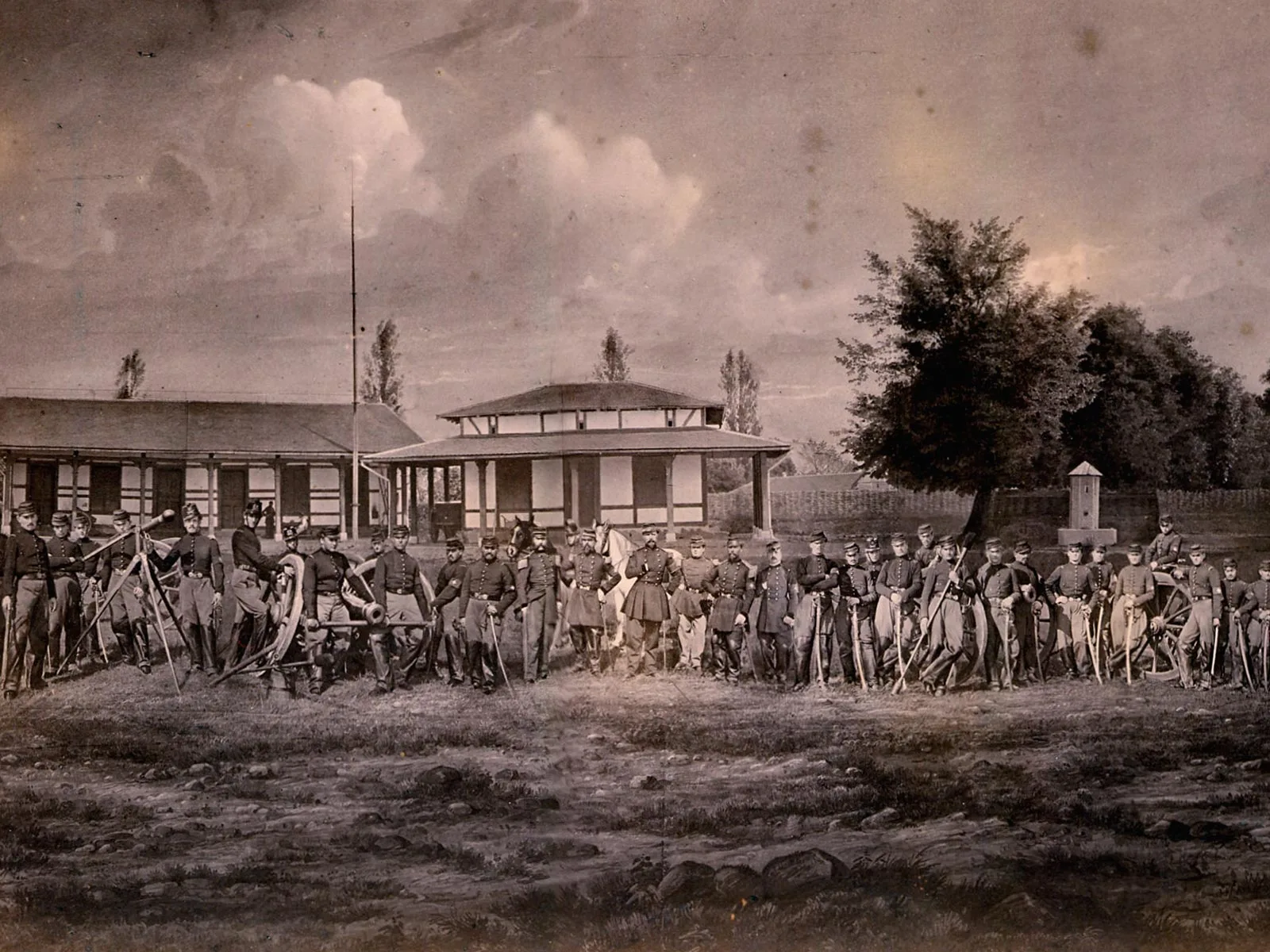
When Napoleon III went to school in Thun
The Swiss town of Thun was a magnet for tourists in the 19th century. The future Emperor Napoleon III also came to the Bernese Oberland, though not for leisure, but to attend the military academy there.

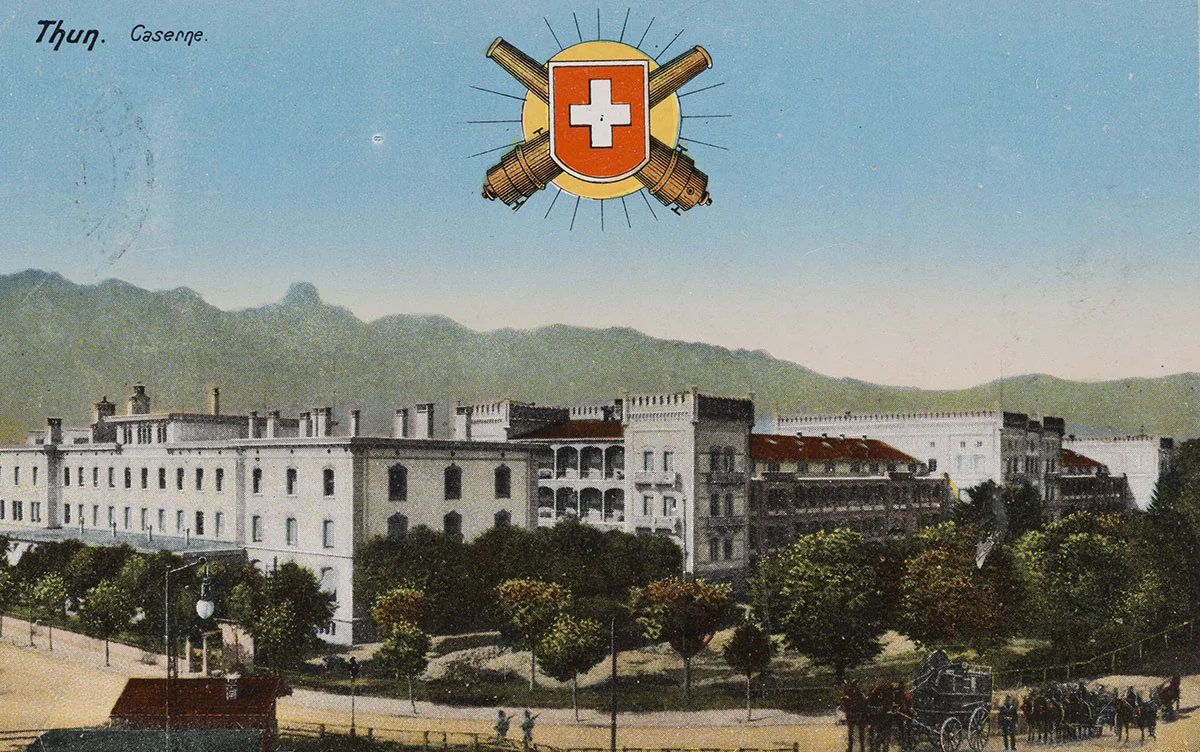
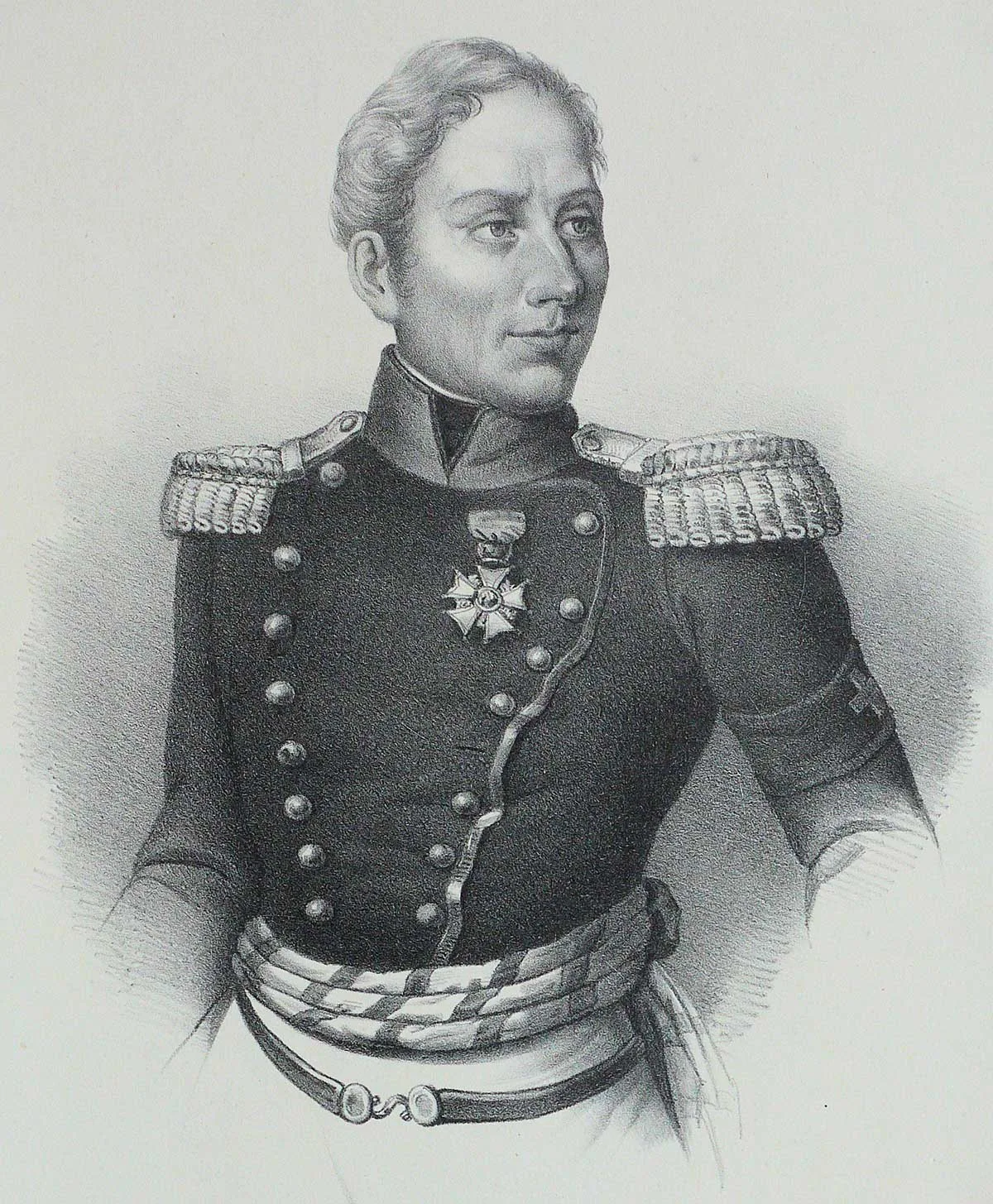

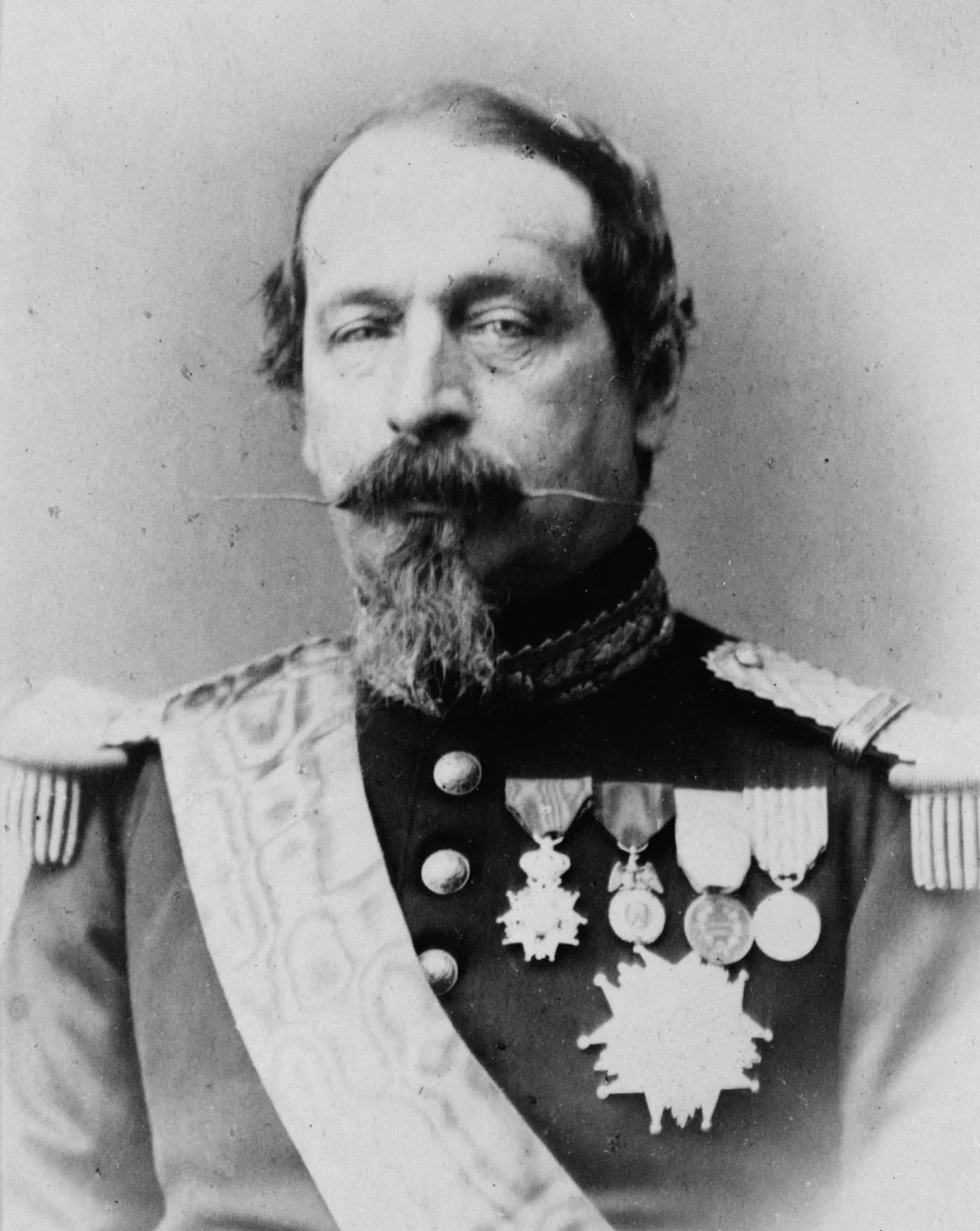
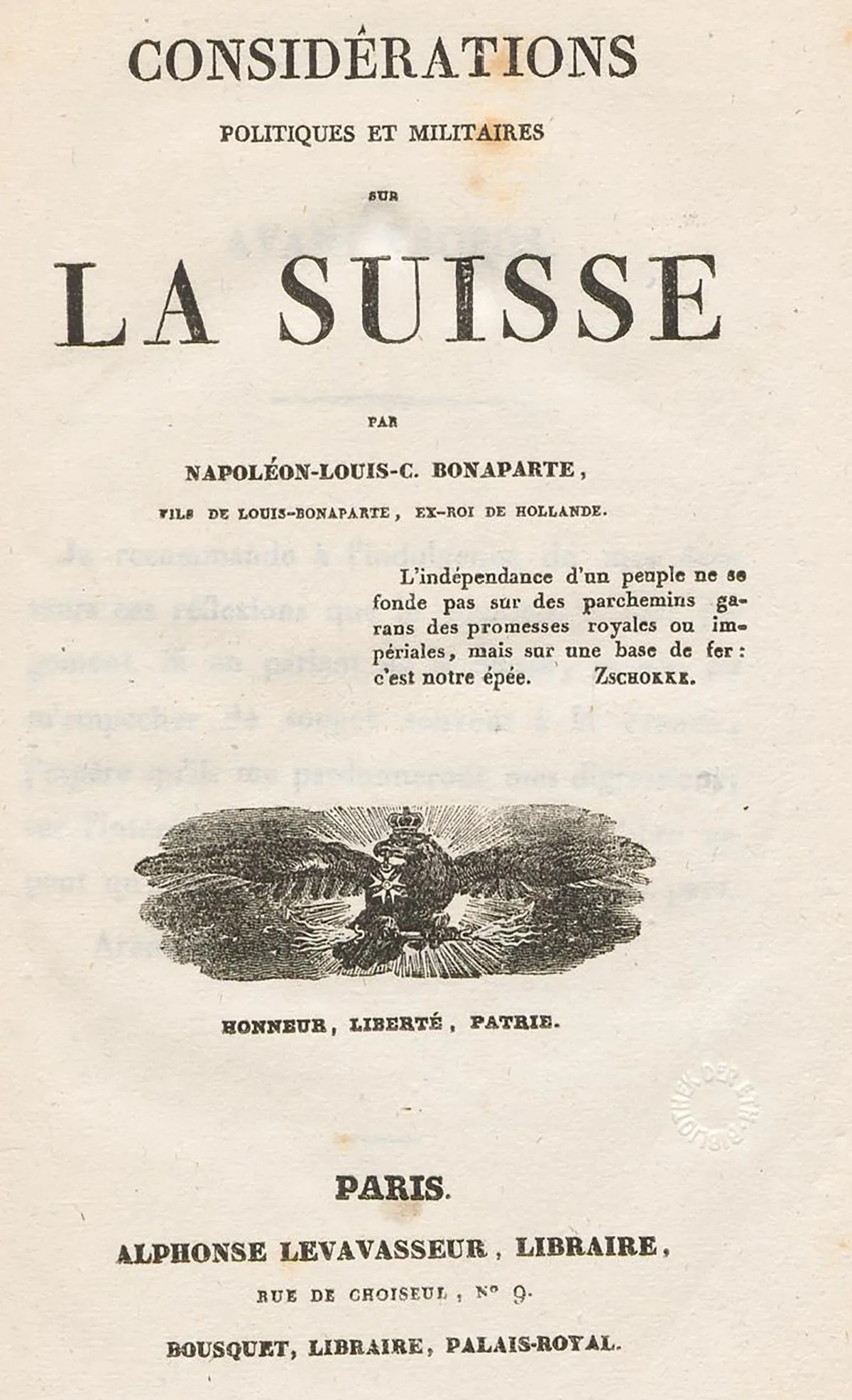
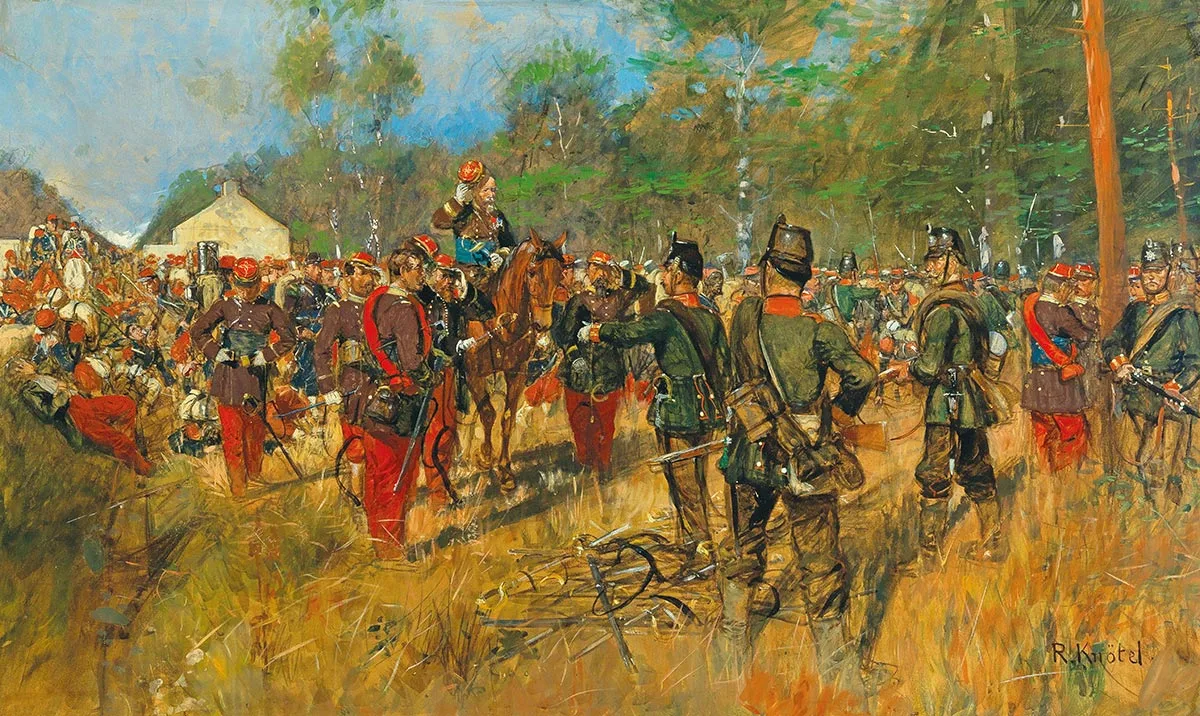
Visiting Royals – From Sisi to Queen Elizabeth
Although Switzerland has no royal tradition, royal families have long held a certain fascination for the Swiss. All royal visits, whether by an emperor, empress, king, queen, prince or princess, and for whatever reason, whether politics, business or personal, had one thing in common: they triggered – both then and now – immense excitement and fascination among the Swiss public. The exhibition demonstrates this through many pictures and exclusive possessions of these bluebloods.



